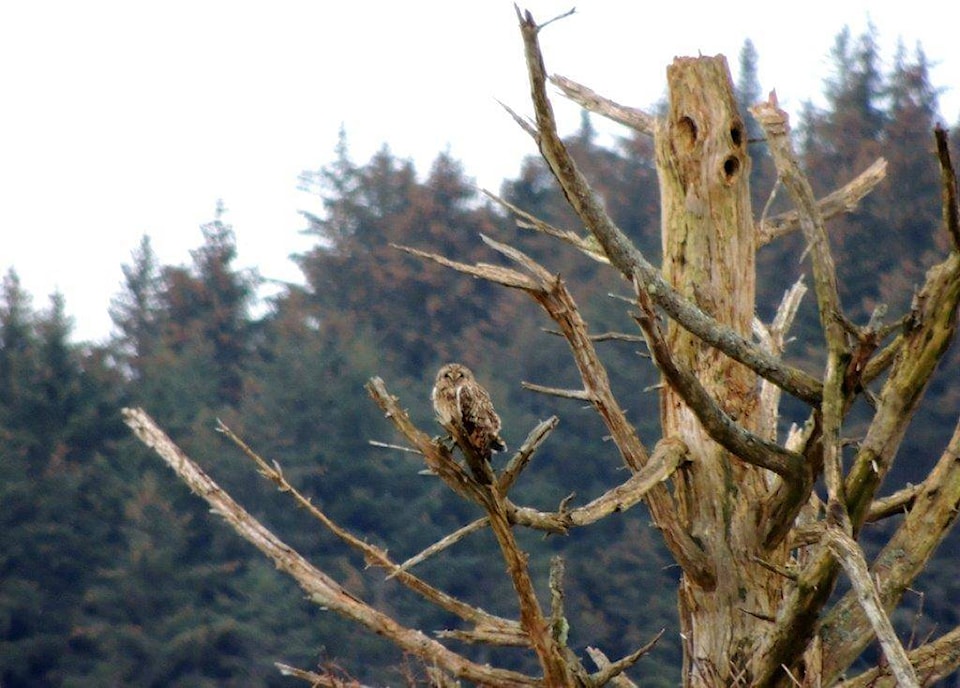By Margo Hearne
Is El Niño on its way? It is predicted to show up this winter. According to the National Oceanic and Atmospheric Administration (NOAA), there is a 70 per cent chance and El Niño is “part of Earth’s natural process, characterized by a warming in the Pacific Ocean with repercussions across the globe, including higher temperatures and greater precipitation in various regions.”
NOAA explains that “arrival of warm waters off the coast of Ecuador and Peru typically happened in late December, and was called El Niño, or The Child, in reference to Christmas.” It seems to occur every three to five years and produces warmer winter conditions, perhaps even wetter. In between, there’s a period of neutral conditions or La Niña that can be mighty chilly. We might be in for a mild winter, which is good for rainforests.
One of the strongest El Niños occurred during fall and winter 2015/2016. In Canada, it was the second-warmest winter since record-keeping began in 1948 and was a “super” El Niño when, sadly, the world’s coral experienced the worst bleaching ever seen. This one, if it arrives, will be weaker.
Will it affect birds? More than likely. The winds have been from the north quadrant for the past few months and this kept the birds moving south with the wind at their back. Now, if the winds blast in from the south-southeast, the later migrants will be stopped in their tracks and drop in for a rest. Some might even stay for the winter if it’s mild enough. But forecasts are not reality, they are maybes, so we wait and see.
The berries of the Elder are falling from the branch. They were helped along this week by a flock of crows that merrily dropped into the garden and ate a bunch. It was quite something. Some crows sat on the branches and shook the berries to the ground, and the ground crew ate them when they fell. Teamwork.
The berries were soft and ripe and easily digested. We have heard stories of crows stripping all the later, fermented berries and getting drunk, flying upside down and generally causing a ruckus. Crows are smart birds and their survival depends on sharing the bounty and working together. They even nest in colonies and not singly as do many other birds — it enhances their chances of making it to the next generation.
Short-eared Owls flew low over the Delkatla Wildlife Sanctuary recently. It’s their time of year and it was a relief to see the natural patterns keep shape because there is bad news from the south. The White House is trying to change the interpretation of the international Migratory Bird Protection Act so that large development companies (oil, mining, etc.) would no longer be prosecuted for failing to protect birds. All that good work developed by government and big industry to lessen the impact on migratory birds might go out the window so that the POTUS’ cronies can make even more money and destroy more of the planet.
